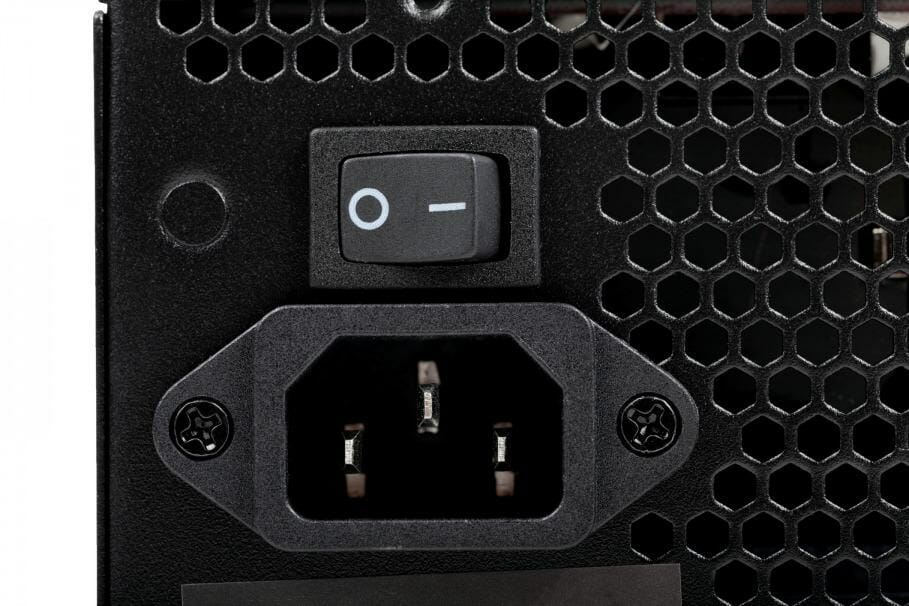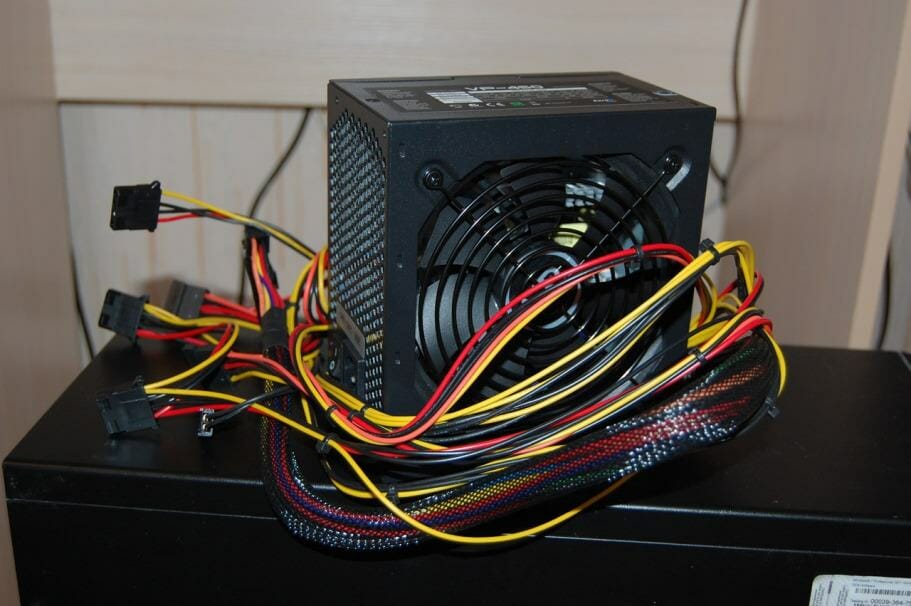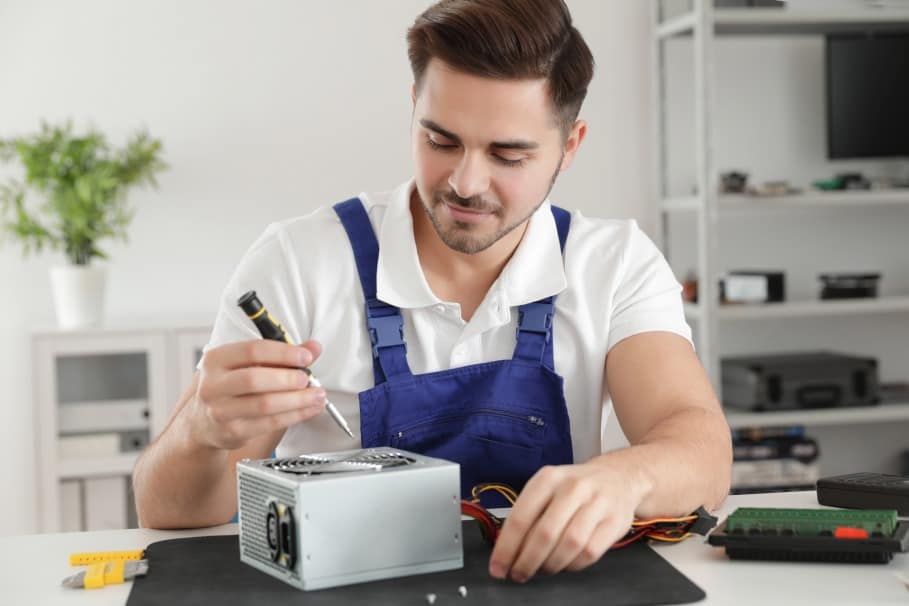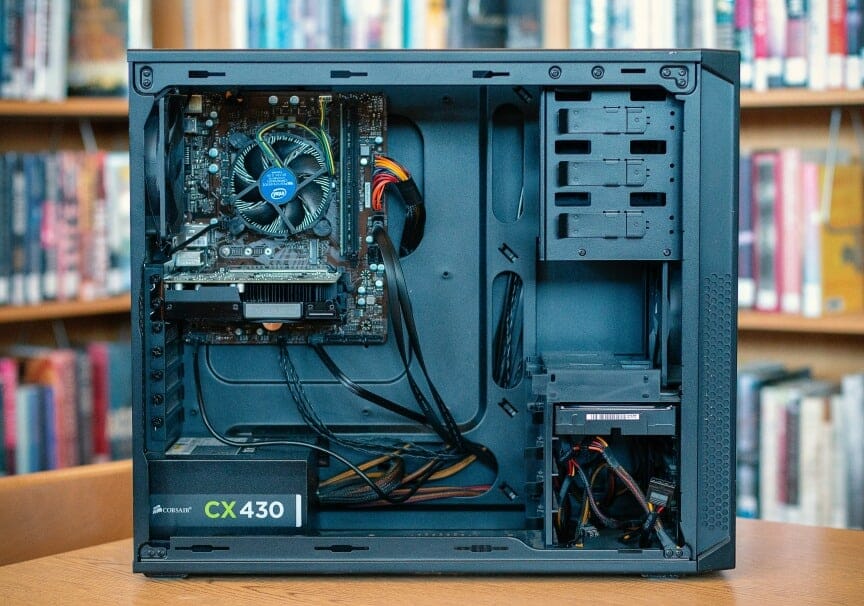Having trouble deciding between a Full vs Semi vs Non-Modular PSU for your PC? Let us help...
What are these technical terms that make building a computer so challenging? When building or personalizing a PC, the significance of power supplies comes into light. The right choice of power supply can improve performance or cause the PC to significantly slow down.
In fact, the type of power supply you choose can severely impact the lifespan of your computer – and you’ll find out why later on.
Currently, there are three popular types of power supplies. There’s the Full Modular, the Non-Modular, and the Semi-Modular. Your choice would depend on several factors such as your budget, the PC itself, and the kind of programs you’ll be running on the computer.
What’s a Modular Power Supply?
First things first – we have to talk about modular power supplies. This is essentially the collective term used for a computer’s detachable system of cables. If you’ve ever opened a desktop CPU, you’ll find all these cables attached to different parts of the computer.
If you trace these cables, you’ll find that all of them eventually lead to a common box-like unit which acts as the source of electrical power.
A modular power supply essentially lets you detach these cables for any purpose you want. Perhaps you need to clean the PC or make sure that the cables are still functional. In any case, the ability to detach the Power Supply Unit (PSU) is the primary characteristic of a modular PSU.
This is where the different types come in – the semi-modular and the full-modular.
What is a Full Modular Power Supply?

A fully modular power supply is expensive but worth it, if you ask any PC maven. It is characterized by complete detachability of the cables from the PSU. Think of the PSU as an octopus with the tentacles used to connect to other parts of the PC for power.
The fully modular lets you remove certain tentacles directly from the head of the octopus to limit the number of cables being used.
But why would you do this? The primary benefit is with the PC’s temperature. You can prevent unnecessary hardware from running, which means that the PC won’t be as stressed in running important programs. You can focus on the programs that matter, ensuring that there are no lags, hangs, or overheating.
The flexibility of cables also means you can actually arrange them in a way that promotes airflow.
Here are some of the things you can do with a full-modular PSU:
- You can customize the cables by using color coding for easy attachment.
- Some PC owners also customize the length of their cables. This prevents any unnecessary length that could be blocking the air flow in the case.
- A better-looking cable design also improves the aesthetic of the CPU. Of course, some people may note that since a CPU is often closed in a case, there’s really no aesthetic to speak of. Note though that many heavy-PC users open their cases to improve air flow. Hence, since the interior of the CPU is easily seen, it makes sense for you to want a clean cable design through minimal connections.
- Finally, a full modular PSU means you can use a smaller case. With CPU cases often expensive by themselves, the small space occupied by the cables means you can save on the cost of the case while still getting the best results.
How much does it cost?
As mentioned, a full-modular PSU is the most expensive of the three, often costing around 500 USD each. It has a lifespan of 5 years or more if you’re using it 24 hours a day every day for a year. Bearing that in mind, the expense is well worth it. Electricity wise, a full-modular also consumes less power, especially if you’ve chosen to connect just a few cables for the PC.
Are there any downsides to a full modular power supply?
A full modular isn’t positive in all aspects. Remember – all the cables can be removed, which means that some cables may be lost if stored at a different location. It’s also important to note that the cables only have a standard output pin. The input pin is model-specific. What does this mean?
Well, if you’re going to buy a cable for a full-modular power supply, you have to make sure that the cable is made especially for that PSU model. This is crucial because even with an exterior inspection, you cannot immediately judge how many pins are there for connection. The output pins – that is, the pins you use to connect to the different parts of the computer, are standard. This allows you to fit them anywhere.
What is the Non-Modular Power Supply?

Once you understand how a fully modular PSU functions, understanding a non-modular PSU is easier. Essentially – it’s everything a fully-modular is not. All the cables are attached to the circuit board in a permanent capacity.
Typically, this is soldered into the hardware – making it near impossible to detach. This is the cheapest format for power supply units because the standardized process allows for faster manufacturing. Hence, many companies can dish out these non-modular PSUs quickly at great profit.
The downside here is fairly obvious. Since the cables are permanently attached, there’s no room to maneuver the connections so that you’ll only power the hardware you really need.
With all the cables attached, there’s also a mass of wiring which can be confusing for PC owners. Often, they form a large mass that blocks the air flow around the CPU, causing the unit to easily heat up.
The upside of this is that it’s a ready-to-use attachment. If you’re completely new to PC building and just want a unit that works, then this is the perfect choice. Typically, a non-modular PSU only requires that you “connect the dots” and the PC should be ready to work.
How much does it cost?
A non-modular PSU is the least expensive, often costing around 200 to 300 USD. Since all the cables are attached whether you want them to be or not, then the power consumption can be significantly higher than a full-modular PSU. Lifespan varies from brand to brand, but it can be useful for 3 to 5 years when used every day.
What is the Semi Modular Power Supply?

Finally, there’s the semi-modular PSU which is the in-between the two previous types. As you can probably derive from the name, this PSU comes with some cables permanently attached and others that can be attached depending on your personal preference.
But what cables come attached? These are the primary ones – the ones you’ll definitely need regardless of what you’re running. There’s the 24-pin for the motherboard, the cable for your GPU, and the CPU 8-pin wiring. Everything else that will be connected next is up to you.
How much does it cost?
The semi-modular PSU is the friendly medium between the two extremes. Lifespan can be less than 3 years, especially if the PC is prone to overheating. In the same way, it has a power efficiency less than a full-modular but more than your non-modular.
Which Should You Choose?
So how do you make the choice between these three types? The choice really depends on (1) your budget and (2) the use of the PC. If you have a fairly low budget but want a customized PC, a semi-modular might be the better option.
This gives you the benefit of customization while staying within budget. In any case, you can always upgrade the PSU to a full-modular if your budget will allow it in the future.
If you only intend to run basic programs from your PC, a non-modular PSU might be the better choice. Low-memory games, documents, and general web browsing can all be done with a non-modular type.
Can I just change an existing PSU with a new one?
The above advice is good if you’re building a PC from scratch. This means you’ll be in the position to pick and choose components that will interact with each other to form an excellent PC. However, if you have an existing PC and just want to change the PSU and nothing else – you’ll need to consider more factors. Here’s what you should look at:
- Check the wattage. You want to make sure that the new PSU can provide all the power needed by the PC to run. A good technique is to look at the old PSU and see its wattage capacity. You can now buy the new PSU by using this as a reference. You can go higher, but don’t go any lower.
- Some PC owners also look at individual components to arrive at a wattage. Hence, you can look at the required wattage of the SSD, the RAM, the Motherboard, and so on and then just add them together to arrive at a number.
- Look for the right size to fit your computer. Technically, this is called a “form factor” and it comes in different types. There’s the ATX which fits in your typical tower-type CPU. A smaller version is the Micro-ATX and the Mini-ATX which are smaller and often have a maximum watt capacity of 400.
- Hence, take a good look at your case and the available space for the PSU. If you want a high-end power supply unit, you can also change the case to a bigger one.


